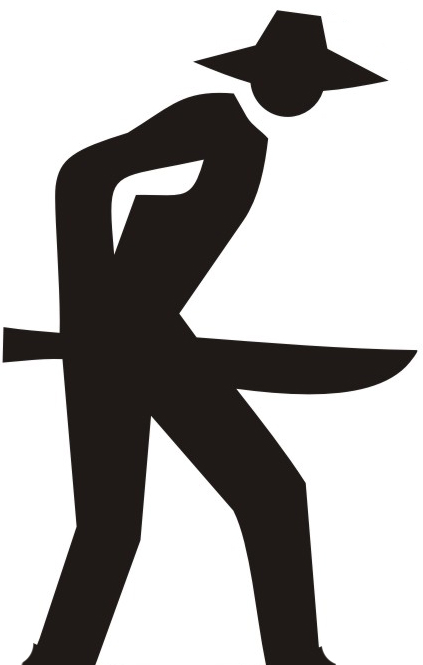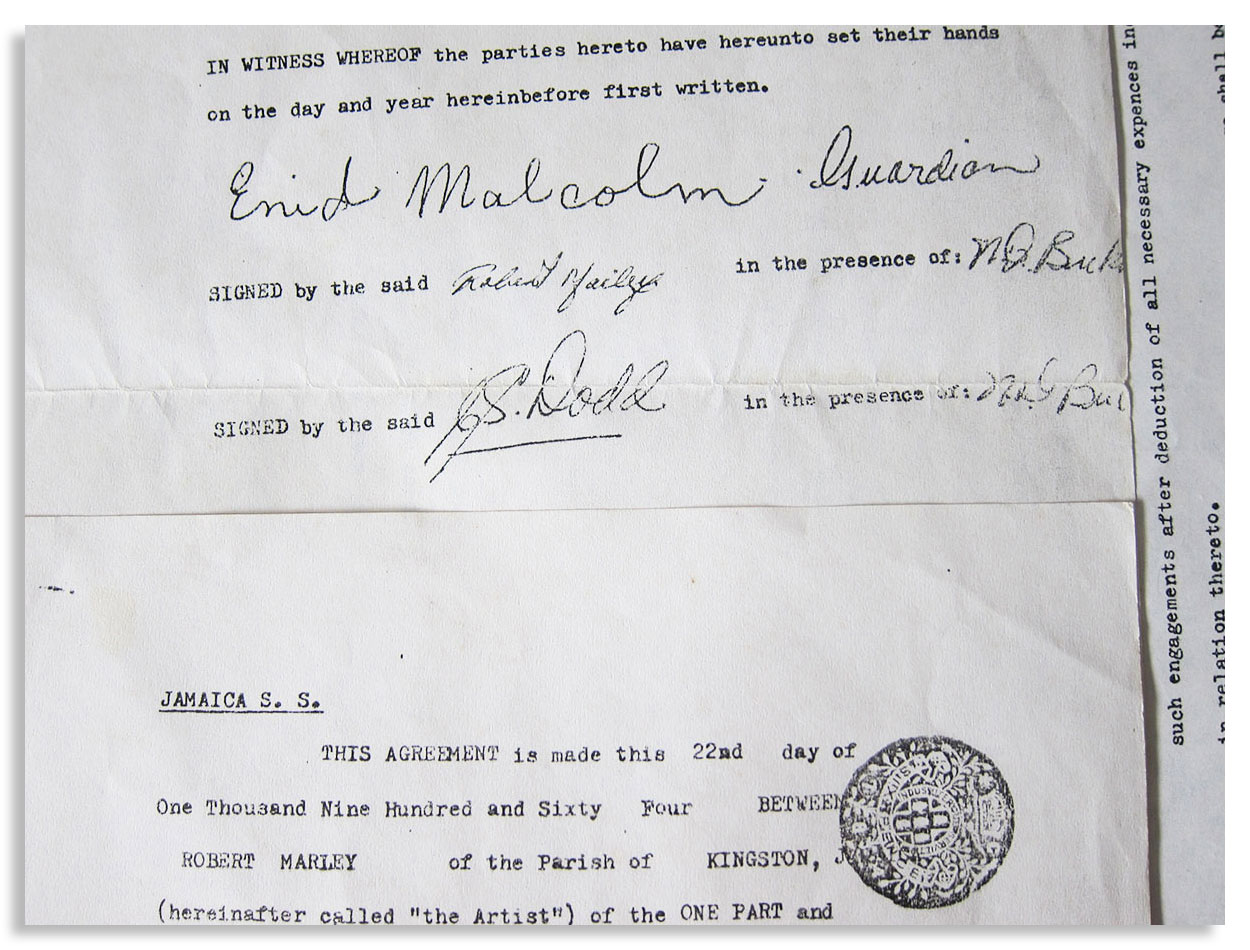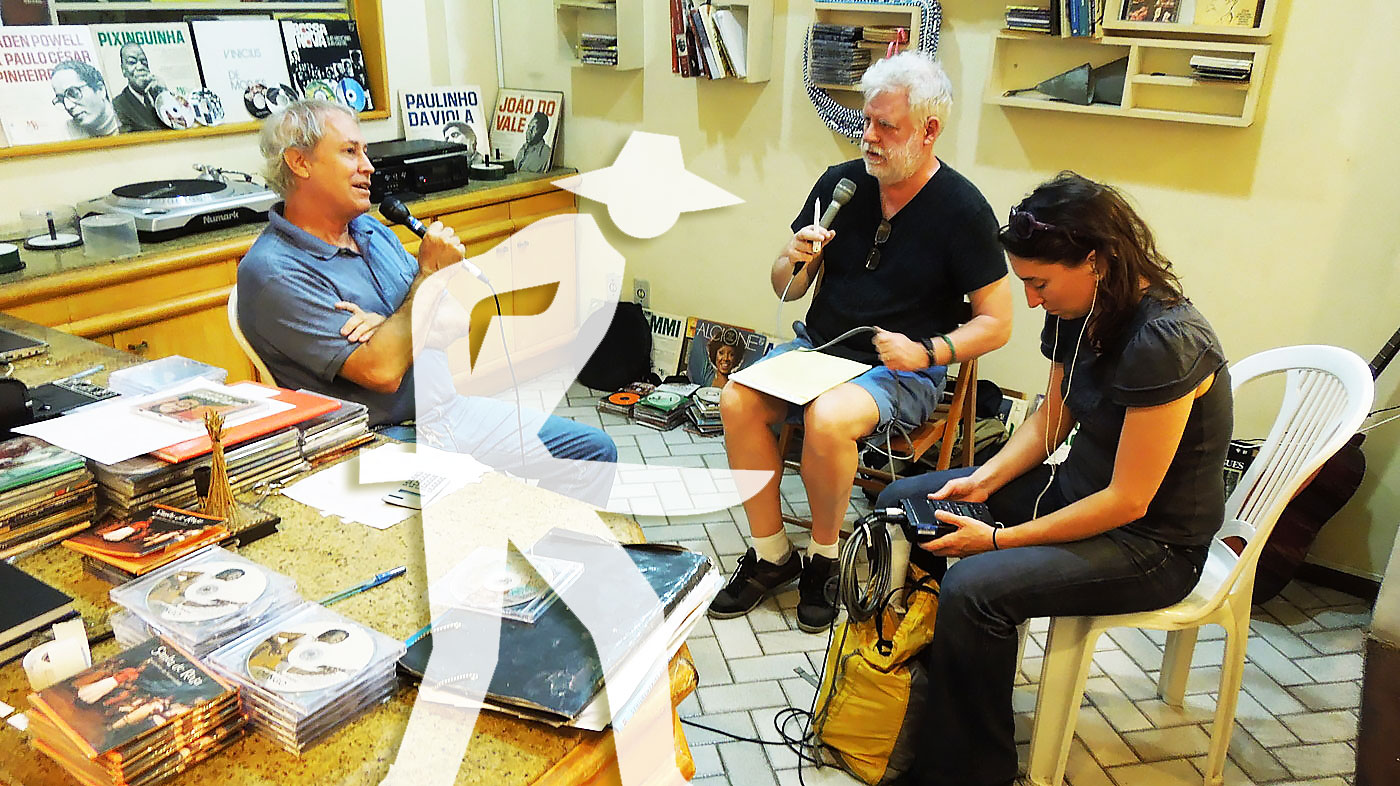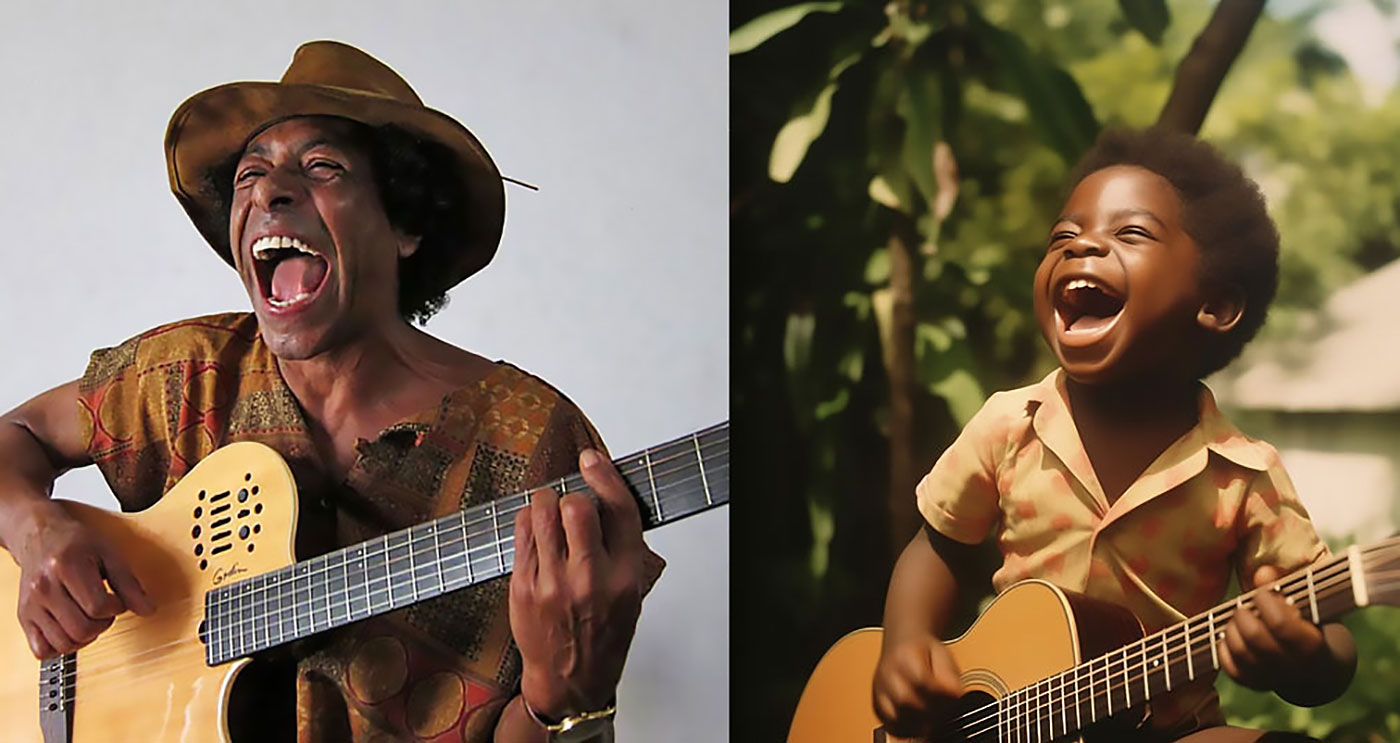CURATION
- from this page: by Matrix
Network Node
- Name: Bembé do Mercado
- City/Place: Santo Amaro, Bahia
- Country: Brazil
- Location & Map: Largo do Xareu, Santo Amaro, BA, Brazil, 44200000 [open map]
Life & Work
-
Bio:
O Bembé do Mercado é considerado o único candomblé de rua do mundo, manifestação cultual e religiosa, tendo início em 1889 por iniciativa de João de Obá e seus filhos-de-santo. Atualmente é reconhecido como Patrimônio Imaterial do Estado da Bahia pelo Instituto do Patrimônio Artístico e Cultural (IPAC) e do Brasil pelo Instituto do Patrimônio Histórico e Artístico Nacional (IPHAN).
Reúne anualmente milhares de adeptos das religiões de matriz africana do Recôncavo Baiano, bem como turistas de todo o Brasil e também de outros países.
Nossa principal bandeira e a preservação das tradições e costumes das religiões de matriz africana em Santo Amaro-BA, bem como o combate ao racismo e a intolerância religiosa, promovendo ações de proteção, salvaguarda e sustentabilidade da comunidade e também dos detentores.
Bembé do Mercado Every May 13th in Santo Amaro
The origin of the name is polemical…some say it’s a deliberate corruption of candomblé, meant to disguise the fact of what was actually happening in the market square. Another take is that of ethnolinguist Yeda Pessoa de Castro, which is (my translation): “Bembé” is a word which could have two etymologies. One is Fon (Yoruba/Nagô), Bembé meaning “drum”… It could also be of Bantu (Congo/Angola) origin, in this case meaning a religious ceremony, praise, a prayer, as with the word candomblé itself…” Why the 13th of May? Because it was on that date in 1888 that slavery was abolished in Brazil, by the signature of Princesa Isabel, Princesa Imperial Regente. And it was on the 13th of May in 1889 (some say it was several days earlier) that candomblé priest João Obá stood by the Subae river just off of Santo Amaro’s market square and began to play a rhythm which when played in a house of candomblé was/is meant to call down a deity.
One by one others arrived, and began dancing the dances of candomblé in what was the first instance of these religious manifestations being conducted outside a place meant for that purpose. And so a century later the tradition continues in Santo Amaro’s market square proper, on the Wednesday, Thursday, Friday, Saturday and Sunday incorporating May 13th (although Friday, being the day of Oxalá and a day in which candomblé is never conducted, sees a respite; the other activities which are ancillary to the Bembé, the samba-de-roda, capoeira and maculelê, continue).
The festa has been celebrated every year since with the exceptions of 1958 (when an explosion/fire killed 300 people) and 1989 (when the biggest flood in the history of the city took place). The festa is now regarded as protecting the city!
Contact Information
- Email: [email protected]
- Contact by Webpage: http://bembedomercado.org.br/contato/
Media | Markets
- ▶ Website: http://www.bembedomercado.org.br
The Matrix is a small world network. Like stars coalescing into a galaxy, creators in the Matrix mathematically gravitate to proximity to all other creators in the Matrix, no matter how far apart in location, fame or society. This gravity is called "the small world phenomenon". Human society itself is a small world network, wherein over 8 billion human beings average 6 or fewer steps apart. Our brains contain small world networks...
![]() Wolfram MathWorld on the Small World Phenomenon
Wolfram MathWorld on the Small World Phenomenon
![]() Matemática Wolfram sobre o Fenômeno Mundo Pequeno
Matemática Wolfram sobre o Fenômeno Mundo Pequeno
"In a small world, great things are possible."

It's not which pill you take, it's which pathways you take, pathways originating in the sprawling cultural matrix of Brazil: Indigenous, African, Sephardic and then Ashkenazic, European, Asian... Matrix Ground Zero is the Recôncavo, contouring the Bay of All Saints, earthly center of gravity for the disembarkation of enslaved human beings — and the sublimity they created — presided over by the ineffable Black Rome of Brazil: Salvador da Bahia.
("Black Rome" is an appellation per Caetano Veloso, son of the Recôncavo, via Mãe Aninha of Ilê Axé Opô Afonjá.)
"Dear Sparrow: I am thrilled to receive your email! Thank you for including me in this wonderful matrix."
—Susan Rogers: Personal recording engineer for Prince, inc. "Purple Rain", "Sign o' the Times", "Around the World in a Day"... Director of the Berklee Music Perception and Cognition Laboratory
"Thanks! It looks great!....I didn't write 'Cantaloupe Island' though...Herbie Hancock did! Great Page though, well done! best, Randy"
"We appreciate you including Kamasi in the matrix, Sparrow."
—Banch Abegaze: manager, Kamasi Washington
"This is super impressive work ! Congratulations ! Thanks for including me :)))"
—Clarice Assad: Pianist and composer with works performed by Yo Yo Ma and orchestras around the world
"Dear Sparrow, Many thanks for this – I am touched!"
—Julian Lloyd-Webber: UK's premier cellist; brother of Andrew Lloyd Webber (Evita, Jesus Christ Superstar, Cats, Phantom of the Opera...)
"Thanks, this is a brilliant idea!!"
—Alicia Svigals: World's premier klezmer violinist
Developed here in the Historic Center of Salvador da Bahia ↓ .
![]() Bule Bule (Assis Valente)
Bule Bule (Assis Valente)
"♫ The time has come for these bronzed people to show their value..."
Production: Betão Aguiar
MATRIX MODUS OPERANDI
Recommend somebody and you will appear on that person's page. Somebody recommends you and they will appear on your page.
Both pulled by the inexorable mathematical gravity of the small world phenomenon to within range of everybody inside.
And by logical extension, to within range of all humanity outside as well.
MATRIX (PARDAL)
I'm Pardal here in Brazil (that's "Sparrow" in English). The deep roots of this project are in Manhattan, where Allen Klein (managed the Beatles and The Rolling Stones) called me about royalties for the estate of Sam Cooke... where Jerry Ragovoy (co-wrote Time is On My Side, sung by the Stones; Piece of My Heart, Janis Joplin of course; and Pata Pata, sung by the great Miriam Makeba) called me looking for unpaid royalties... where I did contract and licensing for Carlinhos Brown's participation on Bahia Black with Wayne Shorter and Herbie Hancock...
...where I rescued unpaid royalties for Aretha Franklin (from Atlantic Records), Barbra Streisand (from CBS Records), Led Zeppelin, Mongo Santamaria, Gilberto Gil, Astrud Gilberto, Airto Moreira, Jim Hall, Wah Wah Watson (Melvin Ragin), Ray Barretto, Philip Glass, Clement "Sir Coxsone" Dodd for his interest in Bob Marley compositions, Cat Stevens/Yusuf Islam and others...
...where I worked with Earl "Speedo" Carroll of the Cadillacs (who went from doo-wopping as a kid on Harlem streetcorners to top of the charts to working as a janitor at P.S. 87 in Manhattan without ever losing what it was that made him special in the first place), and with Jake and Zeke Carey of The Flamingos (I Only Have Eyes for You)... stuff like that.

Yeah this is Bob's first record contract, made with Clement "Sir Coxsone" Dodd of Studio One and co-signed by his aunt because he was under 21. I took it to Black Rock to argue with CBS' lawyers about the royalties they didn't want to pay (they paid).
MATRIX MUSICAL
I built the Matrix below (I'm below left, with David Dye & Kim Junod for U.S. National Public Radio) among some of the world's most powerfully moving music, some of it made by people barely known beyond village borders. Or in the case of Sodré, his anthem A MASSA — a paean to Brazil's poor ("our pain is the pain of a timid boy, a calf stepped on...") — having blasted from every radio between the Amazon and Brazil's industrial south, before he was silenced. The Matrix started with Sodré, with João do Boi, with Roberto Mendes, with Bule Bule, with Roque Ferreira... music rooted in the sugarcane plantations of Bahia. Hence our logo (a cane cutter).
A Massa (do povo carente) / The Masses (of people in need)

-
Add to my PlaylistA Massa - Raymundo Sodré (7,093 plays)
-
Add to my PlaylistSina de Cantador - Raymundo So... (6,909 plays)
-
Add to my PlaylistMagnetismo - Raymundo Sodré ... (6,353 plays)
-
Add to my PlaylistSacando a Cana - Raymundo Sodr... (5,957 plays)
-
Add to my PlaylistMêrêrê - Raymundo Sodré (5,465 plays)
-
Add to my PlaylistJardim do Amor - Raymundo Sodr... (4,677 plays)
-
Add to my PlaylistDebaixo do Céu - Raymundo Sodr... (4,151 plays)
-
Add to my PlaylistDesejo de Amar - Raymundo Sodr... (3,861 plays)
-
Add to my PlaylistOração pra Yá Oxum - Raymundo ... (3,741 plays)
-
Add to my PlaylistYá África - Raymundo Sodré (3,509 plays)
-
Add to my PlaylistMeu Rio, Cadê o Papel - Raymun... (3,177 plays)
-
Add to my PlaylistCasa de Trois - Raymundo Sodré... (2,896 plays)
-
Add to my PlaylistMulher é Laço que Prende o Coração do Vaqueiro - R... (2,556 plays)






















































































































































































































































































































































































































































































